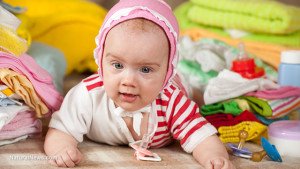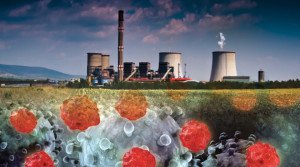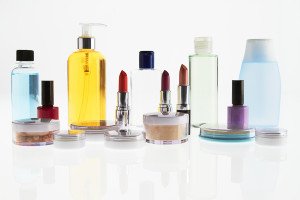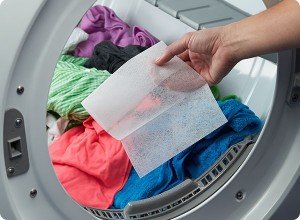Body Burden — The Pollution in Newborns
3 min read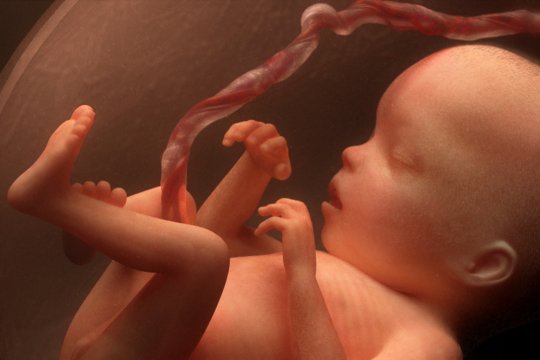
Environmental Working Group (EWG) Summary. In the month leading up to a baby’s birth, the umbilical cord pulses with the equivalent of at least 300 quarts of blood each day, pumped back and forth from the nutrient- and oxygen-rich placenta to the rapidly growing child cradled in a sac of amniotic fluid. This cord is a lifeline between mother and baby, bearing nutrients that sustain life and propel growth.
Not long ago scientists thought that the placenta shielded cord blood — and the developing baby — from most chemicals and pollutants in the environment. But now we know that at this critical time when organs, vessels, membranes and systems are knit together from single cells to finished form in a span of weeks, the umbilical cord carries not only the building blocks of life, but also a steady stream of industrial chemicals, pollutants and pesticides that cross the placenta as readily as residues from cigarettes and alcohol. This is the human “body burden” — the pollution in people that permeates everyone in the world, including babies in the womb.
In a study spearheaded by the Environmental Working Group (EWG) in collaboration with Commonweal, researchers at two major laboratories found an average of 200 industrial chemicals and pollutants in umbilical cord blood from 10 babies born in August and September of 2004 in U.S. hospitals. Tests revealed a total of 287 chemicals in the group. The umbilical cord blood of these 10 children, collected by Red Cross after the cord was cut, harbored pesticides, consumer product ingredients, and wastes from burning coal, gasoline, and garbage.
This study represents the first reported cord blood tests for 261 of the targeted chemicals and the first reported detections in cord blood for 209 compounds. Among them are eight perfluorochemicals used as stain and oil repellants in fast food packaging, clothes and textiles — including the Teflon chemical PFOA, recently characterized as a likely human carcinogen by the EPA’s Science Advisory Board — dozens of widely used brominated flame retardants and their toxic by-products; and numerous pesticides.
Of the 287 chemicals we detected in umbilical cord blood, we know that 180 cause cancer in humans or animals, 217 are toxic to the brain and nervous system, and 208 cause birth defects or abnormal development in animal tests. The dangers of pre- or post-natal exposure to this complex mixture of carcinogens, developmental toxins and neurotoxins have never been studied.
Chemicals and pollutants detected in human umbilical cord blood
| Mercury (Hg) – tested for 1, found 1 Pollutant from coal-fired power plants, mercury-containing products, and certain industrial processes. Accumulates in seafood. Harms brain development and function. |
|
| Polyaromatic hydrocarbons (PAHs) – tested for 18, found 9 Pollutants from burning gasoline and garbage. Linked to cancer. Accumulates in food chain. |
|
| Polybrominated dibenzodioxins and furans (PBDD/F) – tested for 12, found 7 Contaminants in brominated flame retardants. Pollutants and byproducts from plastic production and incineration. Accumulate in food chain. Toxic to developing endocrine (hormone) system |
|
| Perfluorinated chemicals (PFCs) – tested for 12, found 9 Active ingredients or breakdown products of Teflon, Scotchgard, fabric and carpet protectors, food wrap coatings. Global contaminants. Accumulate in the environment and the food chain. Linked to cancer, birth defects, and more. |
|
| Polychlorinated dibenzodioxins and furans (PCDD/F) – tested for 17, found 11 Pollutants, by-products of PVC production, industrial bleaching, and incineration. Cause cancer in humans. Persist for decades in the environment. Very toxic to developing endocrine (hormone) system. |
|
| Organochlorine pesticides (OCs) – tested for 28, found 21 DDT, chlordane and other pesticides. Largely banned in the U.S. Persist for decades in the environment. Accumulate up the food chain, to man. Cause cancer and numerous reproductive effects. |
|
| Polybrominated diphenyl ethers (PBDEs) – tested for 46, found 32 Flame retardant in furniture foam, computers, and televisions. Accumulates in the food chain and human tissues. Adversely affects brain development and the thyroid. |
|
| Polychlorinated Naphthalenes (PCNs) – tested for 70, found 50 Wood preservatives, varnishes, machine lubricating oils, waste incineration. Common PCB contaminant. Contaminate the food chain. Cause liver and kidney damage. |
|
| Polychlorinated biphenyls (PCBs) – tested for 209, found 147 Industrial insulators and lubricants. Banned in the U.S. in 1976. Persist for decades in the environment. Accumulate up the food chain, to man. Cause cancer and nervous system problems. |

